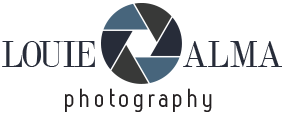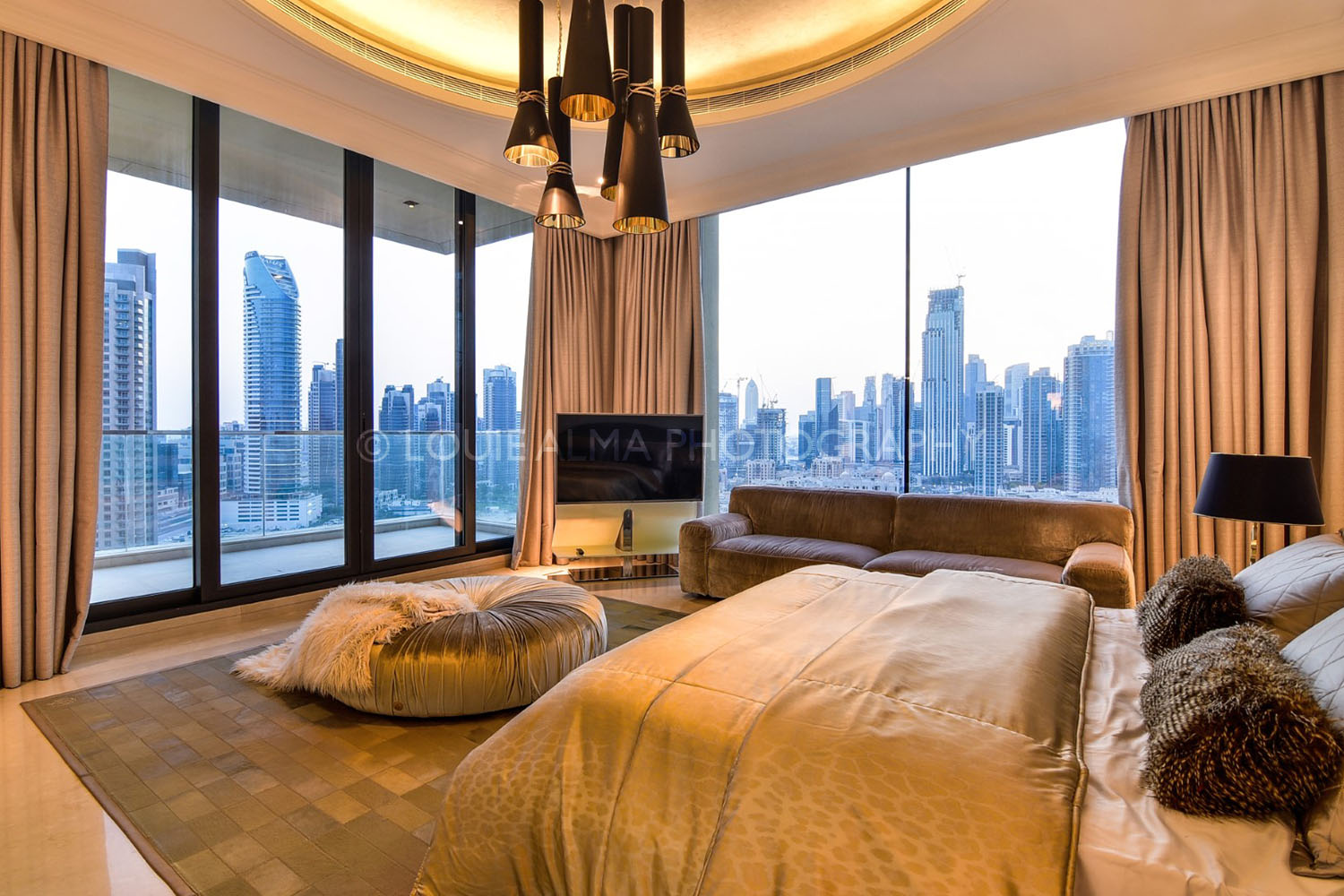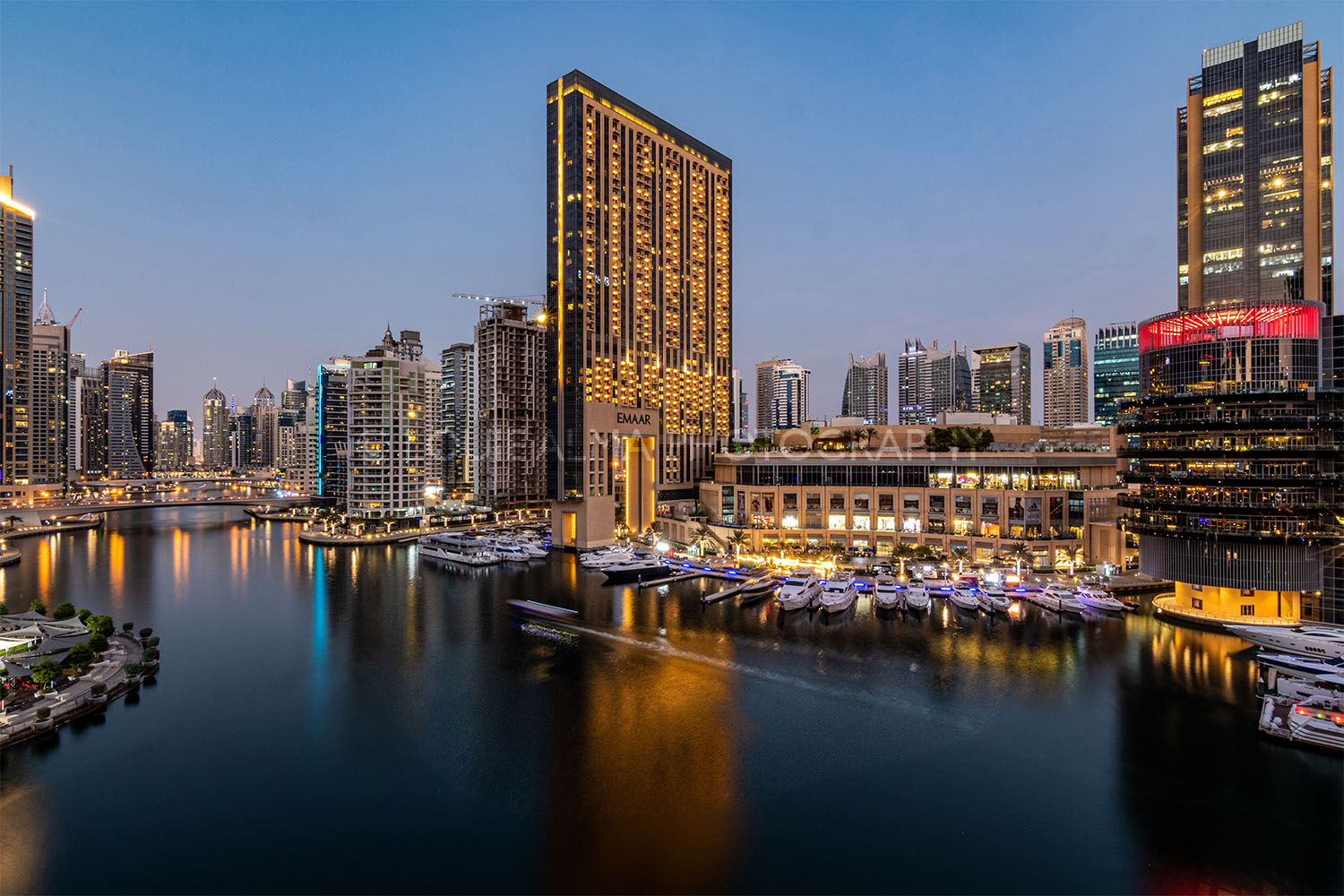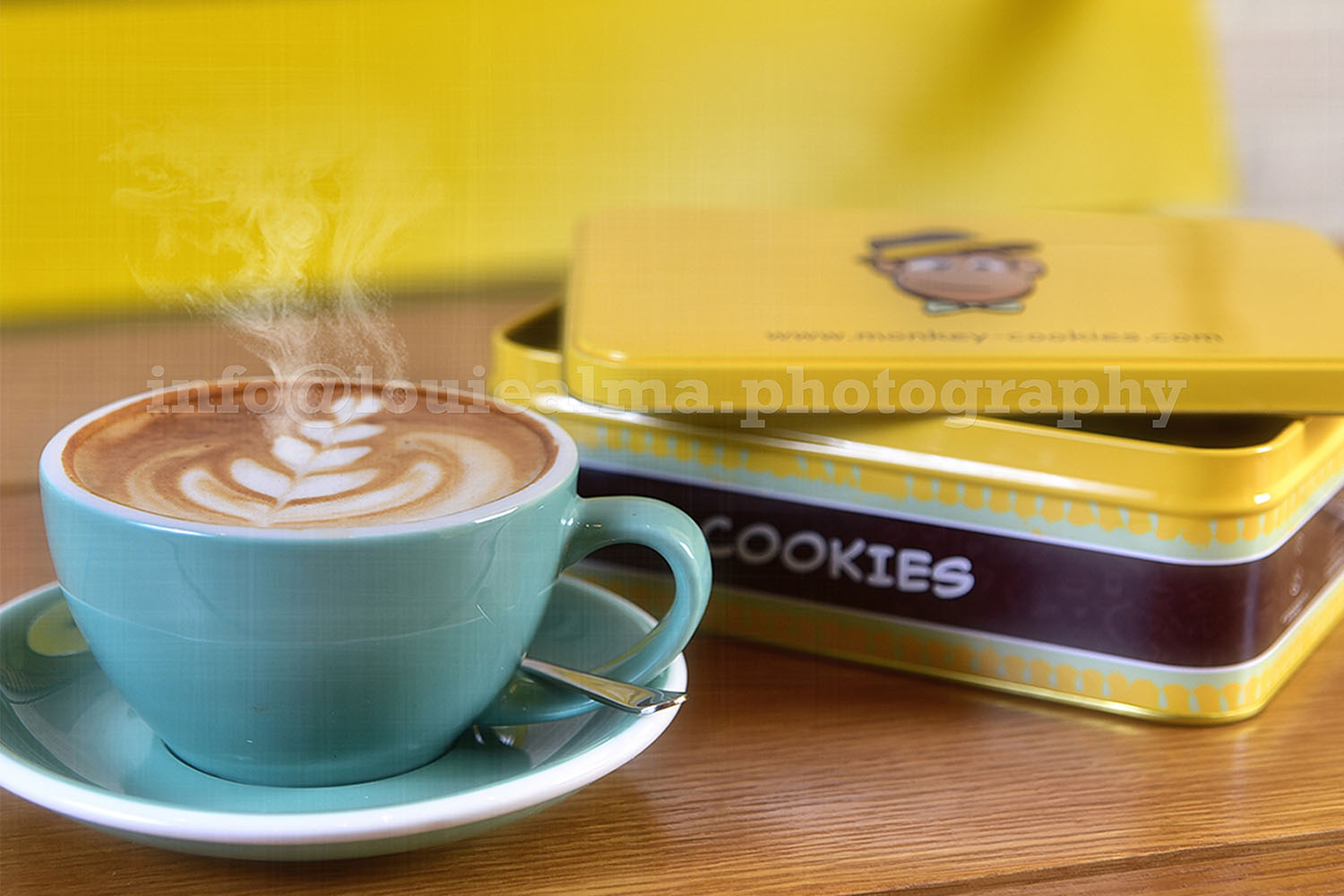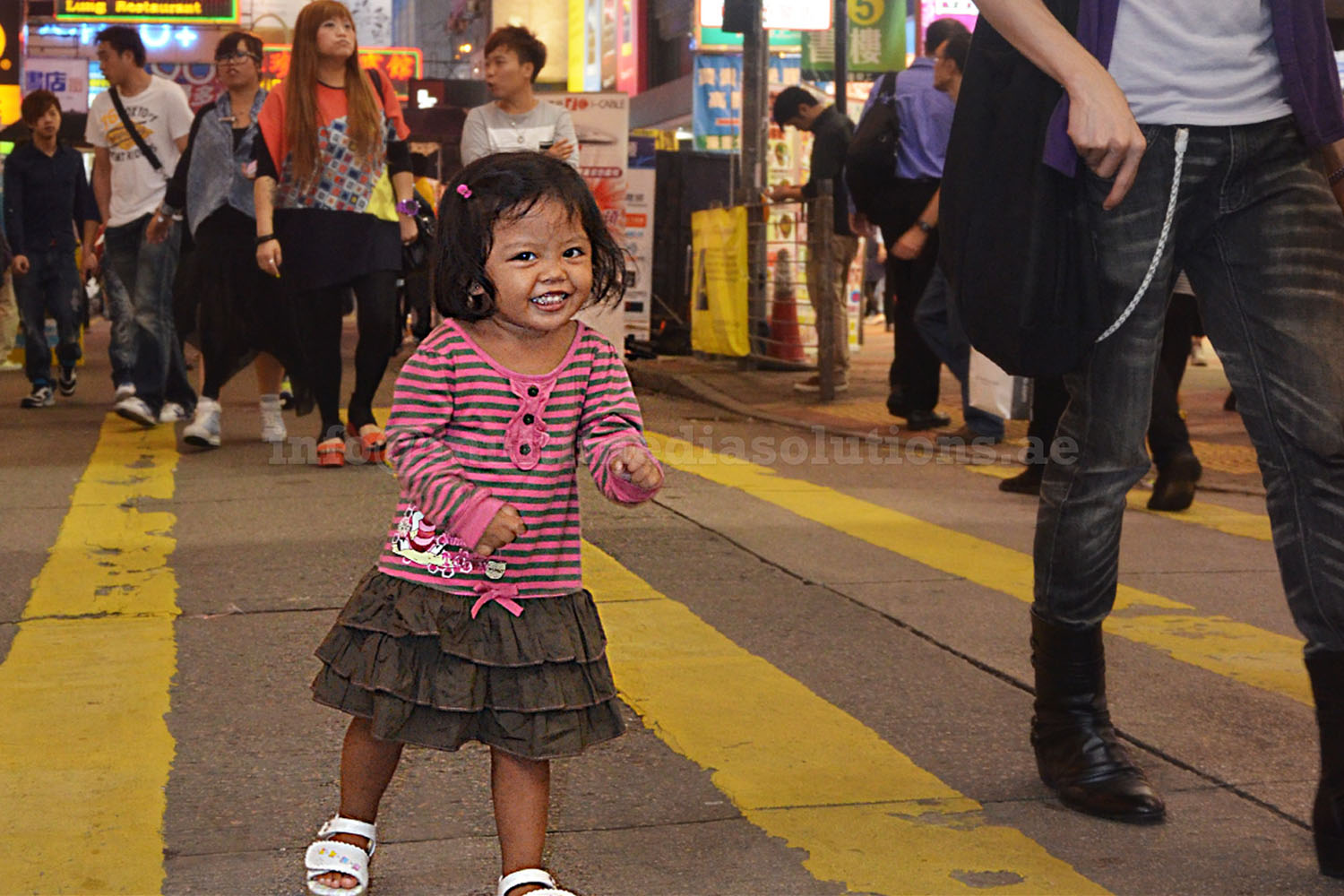Back by popular demand, Kuramathi Maldives – available exclusively through Kuoni in the UK – is thrilled to announce the return of Campioni Soccer Academy next Summer, a two-week celebration of sport, sunshine, and island spirit. Set against the turquoise backdrop of the Indian Ocean, Campioni transforms Kuramathi’s pristine football pitch into a world-class training ground for aspiring young players aged 4 to 16 years. Welcoming one of England’s best known and most loved football icons Stuart Pearce MBE, and Manchester United’s treble-winning defender Wes Brown, each joined by UEFA ‘A’ licensed coach Adrian Whitbread, this year Campioni promises two unforgettable weeks of daily training sessions in paradise.

